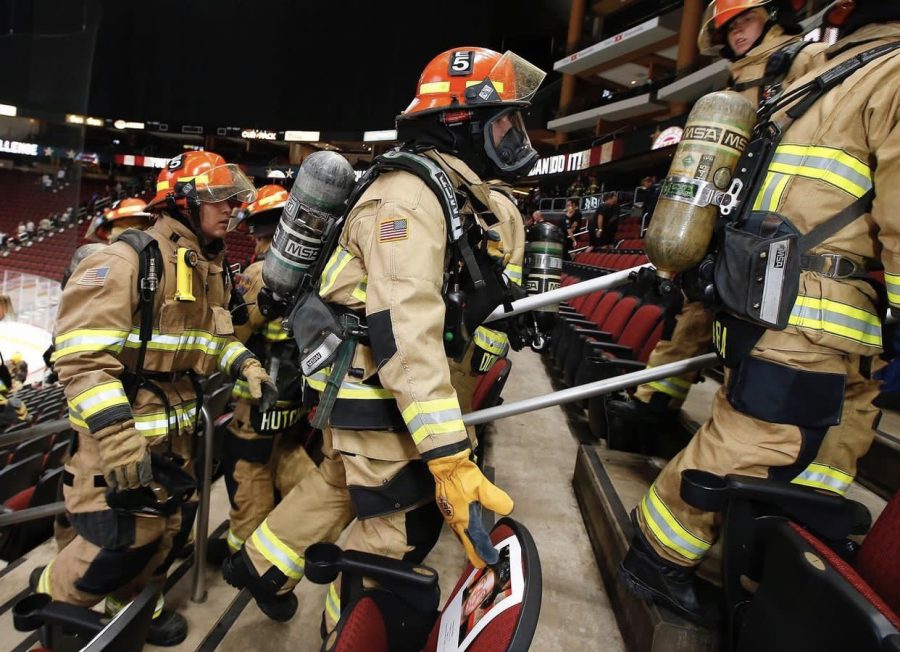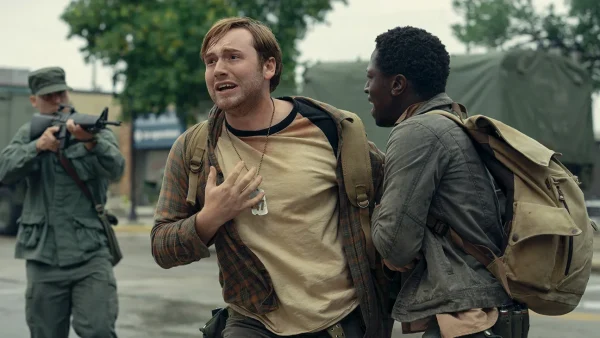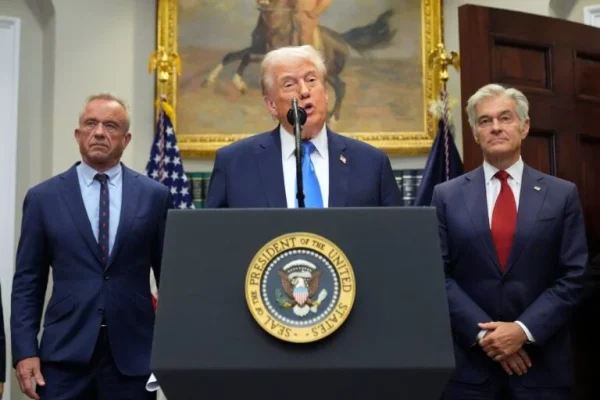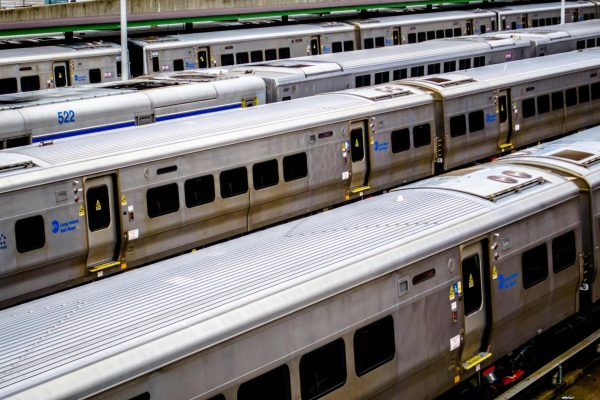NYC first responders aren’t responding as fast as they usually do
September 29, 2022
The New York Police Department (NYPD), New York City Fire Department (FDNY) and New York City paramedics are the slowest they’ve been in recent years, with several components to explain why this is happening. According to Mayor Eric Adams’ first Mayoral Management Report, crimes have increased across the board compared to the 2021 fiscal year. Major felonies have increased by 26 percent, robberies by 24 percent and assaults by 17 percent. The only category that decreased was murder by five percent.
In addition to a significant increase in crime, there has been a mass exodus of cops in the police force. About 2,500 NYPD officers quit in 2022 before receiving their pensions, for reasons such as anti-cop demonstrations, bail reform and vaccination mandates. Many officers found that it wasn’t worth the wait to retire when their pensions came into effect. NYPD officers’ salaries increase every year until they’ve reached twenty years of service. Quitting before taking advantage of such benefits emphasizes that many in the force were unhappy.
University Professor and Chair of Communication & Media Studies, Emilie Zaslow, said in a statement, “We use [communication] to meet our most fundamental needs as well as to explore complex concepts…In terms of 911 calls, communication is how we share with others our immediate need for help and how we can be told what to do as we wait for the assistance and when to expect assistance to arrive.”
The New York City Police Academy saw a decrease in size for the class of 2022 as well. With an increase in crime, officer resignation and a smaller graduating class, the NYPD saw an increase of 1 minute and 4 seconds in response time–an excessive 12 minutes and 44 seconds in 2022 from 11 minutes and 40 seconds in 2021.
While the Fire Department is not seeing quite as dramatic of an increase compared to the Police Department, there is still an increase in the response times. The FDNY saw a nine-second increase from just last year. However, it’s important to note that the FDNY only reports about 55 percent of incidents from 911 calls. The remaining 45 percent are received from structural fire alarms, which are not reported in the Mayor’s Management Report. The response time could have increased at a much higher rate, but would not have been reported.
Paramedics took about 53 seconds longer this year to reach their destinations. There were about 20 fewer ambulance vehicles on dispatch daily for the 2022 fiscal year across the five boroughs.
Professor Zaslow uses a quote from physician Atul Gawande to suggest a possible solution to the problem: “…a person who values communication, argues that the key to changing systems that have a high rate of error is to use a checklist. In his Checklist Manifesto [Gawande] argues that creating and consistently using a checklist can help us avoid making mistakes and assumptions [in the future].”
Mayor Adams’s administration has reportedly labeled the emergence of COVID-19 lockdowns for the increase in response times from all three first responders; however, there were increases prior to the COVID-19 pandemic. According to former Mayor Bill Deblasio’s Management Report, FDNY response rates had increased about 25 seconds between 2015 and 2019. While these numbers are not nearly as dramatic in comparison to today, it is evident that this has been an ongoing issue prior to the pandemic, and therefore questions the legitimacy of referencing COVID-19 lockdowns as a reason for increased response times.













